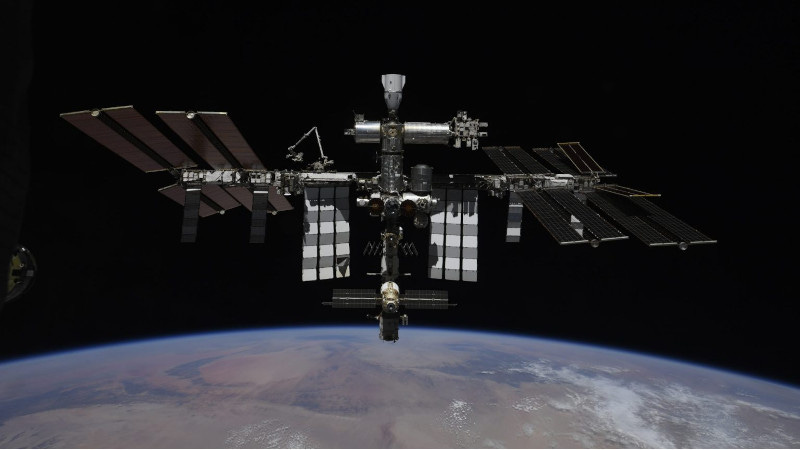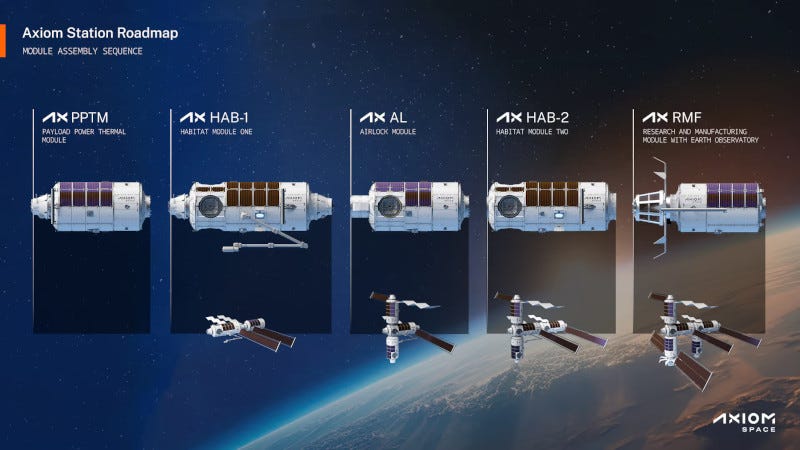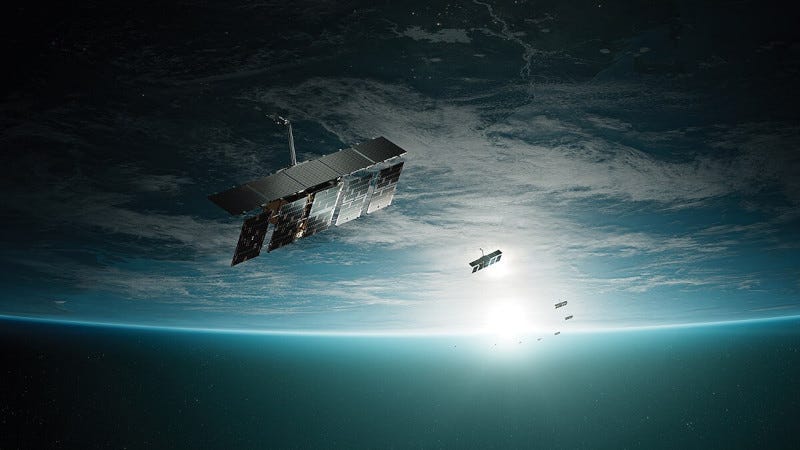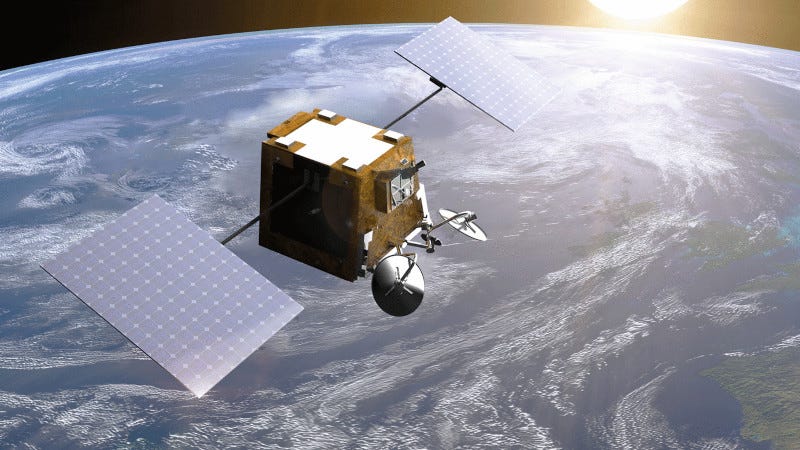NASA is now targeting no earlier than March for the launch of the SpaceX Crew-10 mission to the International Space Station. The change gives NASA and SpaceX teams time to complete processing on a new Dragon spacecraft for the mission. The new spacecraft is set to arrive at the company’s processing facility in Florida in a few days.
NASA and SpaceX assessed various options for managing the next crewed handover, including using another Dragon spacecraft and manifest adjustments. After careful consideration, the team determined that launching Crew-10 in late March, following completion of the new Dragon spacecraft, was the best option for meeting NASA’s requirements and achieving space station objectives for 2025.
The space station recently received two resupply flights in November and is well-stocked with everything the crew needs, including food, water, clothing, and oxygen.
Training for the Crew-10 Mission is ongoing at NASA’s Johnson Space Center in Houston.
-0-
Speaking of space stations, the Axiom Station module sequence has been revised by Axiom Space to enable its commercial space station to become an independent orbital platform as early as 2028.
Revising the order in which modules will attach to the International Space Station allows Axiom Station to operate as a free-flyer about two years earlier than planned, supporting customer needs as well as national objectives – preparing the International Space Station for a U.S. deorbit vehicle and decommissioning station by the end of this decade.
The revised on-orbit assembly sequence will start with the Payload Power Thermal Module (AxPPTM), followed by AxH1, an airlock, Habitat 2 (AxH2), and finally the Research and Manufacturing Facility (AxRMF).
Axiom Space was awarded a contract by NASA in 2020 to attach a privately developed module to the International Space Station, as part of NASA’s efforts to commercialize LEO and retire the International Space Station.
-0-
A $65 million extension of ICEYE's earlier growth funding round of $93 million, announced in April 2024, has been closed, the company reports. The extension brings the total amount raised in 2024 to $158 million. In total, ICEYE has raised over $500 million to date.
ICEYE has achieved considerable growth during the past years and this investment will enable ICEYE to continue expanding its ISR capabilities to serve a global customer base while further cementing its position in the new space ecosystem.
The financing consists of a mix of debt and equity instruments and will increase investment in further developing ICEYE's SAR satellite constellation, its intelligence, surveillance, and reconnaissance (ISR) platform, and related systems.
-0-
Eutelsat has awarded a contract to Airbus to build the extension of its OneWeb Low Earth Orbit (LEO) constellation.
Under the contract signed between the two companies, Airbus will build the first batches of the extension, totaling 100 satellites, with delivery targeted from the end of 2026, ensuring continuity and enhancement of service for current and future customers.
The new satellites will enable key technology upgrades, notably 5G on-ground integration, and ensure technology architecture compatibility with Europe’s planned IRIS2 multi-orbit constellation, due to enter operational service in 2030, of which Eutelsat will be one of the main operators.
All 100 new satellites will be built at the Airbus site in Toulouse. Production is expected to start in 2026.
-0-
This week on The Ex Terra Podcast, I talked with Michael Fry, General Manager of the Sev1Tech Air and Space Force Division.
Sev1Tech is a company providing IT modernization, cloud, cybersecurity, engineering, fielding, training, and program support services. Their offerings span across defense, intelligence, homeland security, health, space, and commercial markets.
Fry said that the company has to find a balance between security and the speed of data transfer.
"When you think about some of the programs that we work with ... missile warning for example ... satellites are detecting missiles across the world, for ourselves and our partners ... when you bring that detection down, analyze it and you have to move that data to someone who's going to make a decision and then someone who's going to take action on it, yeah, latency and time to data is more important than security. We encrypt everything. It's all safe, so I'm not worried about that, but the real challenge here is getting that data across our networks faster than what can be provided by things like the Internet."

















